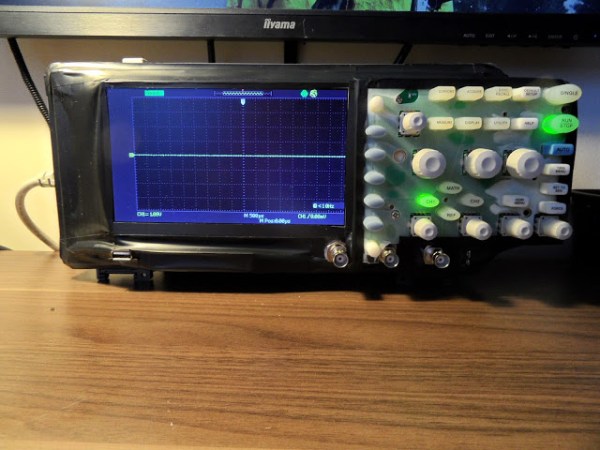The Digital Millennium Copyright Act (DMCA) is a horrible piece of legislation that we’ve been living with for sixteen years now. In addition to establishing a de-facto copyright for the design of boat hulls (don’t get us started!), the DMCA includes a Section 1201 which criminalizes defeating encryption in cases where such could be used to break copyright law.
Originally intended to stop the rampant copying of music in the Napster era, it’s been abused to prevent users from re-filling their inkjet cartridges and to cover up rootkits. In short, it’s scope has vastly exceeded its original aims. And we take it personally, because we like to take stuff apart and see how it works.
 The only bright light in this otherwise dark, dark tunnel is the possibility to petition for exemptions to Section 1201 for certain devices and purposes. Just a few days ago, the EFF won a slew of DMCA exemptions, including the contentious exemption for bypassing automobiles’ encryption to check out what’s going on in the car’s firmware. The obvious relevance of the ability for researchers to inspect cars’ firmware in light of the VW scandal may have helped overcome strong pushback from the car manufacturers and the EPA.
The only bright light in this otherwise dark, dark tunnel is the possibility to petition for exemptions to Section 1201 for certain devices and purposes. Just a few days ago, the EFF won a slew of DMCA exemptions, including the contentious exemption for bypassing automobiles’ encryption to check out what’s going on in the car’s firmware. The obvious relevance of the ability for researchers to inspect cars’ firmware in light of the VW scandal may have helped overcome strong pushback from the car manufacturers and the EPA.
The other exemption that caught our eye was the renewal of protection for people who need to hack old video games to keep them playable, jailbreak phones so that you can run an operating system of your choosing on it, and even the right to copy content from a DVD for remixes and excerpts.
This is all good stuff, but it’s a little bit sad that the EFF has to beg every three years to enable us all to do something that wasn’t illegal until the DMCA was written. But don’t take my word for it, have a listen to Cory Doctorow’s much more eloquent rant.
(Banner image courtesy [Kristoffer Smith], who we covered on car hacking way back when.)


















